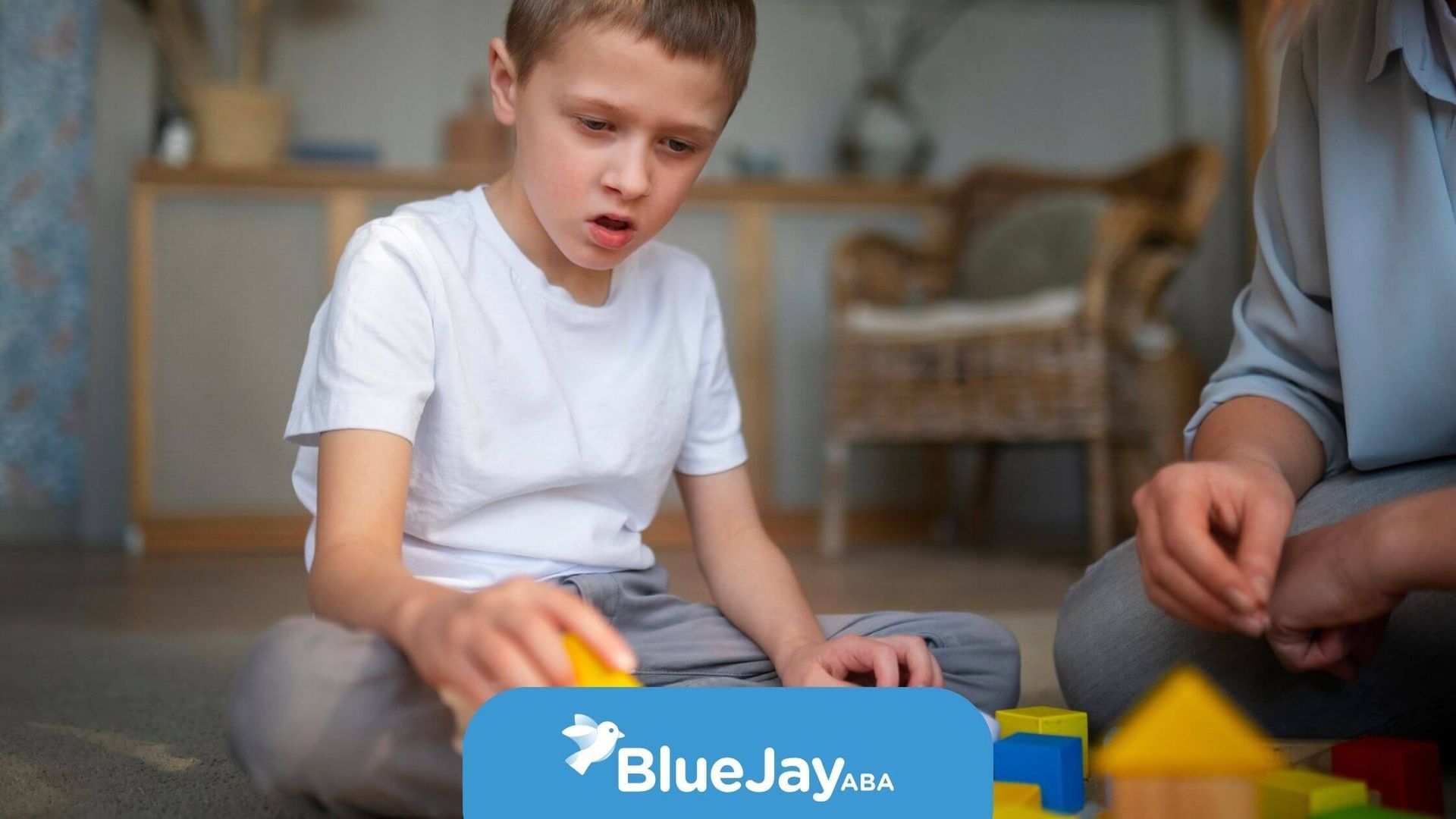How Many People Pass the RBT Exam the First Time? Key Insights for Success
Introduction
The Registered Behavior Technician (RBT) exam is a key certification for those entering the field of Applied Behavior Analysis (ABA), particularly for those working with individuals with Autism Spectrum Disorder (ASD) and related conditions. Aspiring ABA therapists, educators, and family members of children with autism often wonder: How many people pass the RBT exam on the first try? For many, this journey begins with hands-on experience in real-world environments, such as home-based ABA therapy, where practical skills are developed through everyday interaction and support.
In this article, we’ll explore the RBT exam pass rate, what factors influence success, and practical strategies to increase your chances of passing the exam on your first attempt. Whether you’re preparing for the exam yourself or supporting someone else through the process, this guide will help you understand what to expect and how to succeed.
What is the RBT Exam?
Before diving into pass rates, let’s first understand what the RBT exam is and why it’s crucial for those working in the field of ABA.
Understanding the RBT Exam
The RBT exam is a certification exam offered by the Behavior Analyst Certification Board (BACB) for individuals pursuing a career as a Registered Behavior Technician. The RBT exam is designed to assess the knowledge and skills of those who are responsible for delivering direct behavioral interventions under the supervision of a Board Certified Behavior Analyst (BCBA) or Board Certified Assistant Behavior Analyst (BCaBA).
The exam consists of 85 multiple-choice questions and covers several core areas, including:
• Measurement and data collection
• Assessment and behavior intervention plans
• Implementation of interventions
• Professional conduct and ethical considerations
The goal of the RBT exam is to ensure that those working with individuals with autism and other developmental conditions have a strong foundational understanding of ABA techniques and principles.
How Many People Pass the RBT Exam the First Time?
Understanding the first-time pass rate for the RBT exam can help set realistic expectations. While the exact first-time pass rate can fluctuate slightly each year, BACB statistics show that the pass rate for candidates taking the RBT exam for the first time is approximately 70-80%.
This means that 70-80% of people who take the RBT exam for the first time pass it successfully. However, the remaining 20-30% of candidates may need to retake the exam to achieve certification.
While the pass rate is relatively high, it’s essential to recognize that the RBT exam is still a challenging test. It requires thorough preparation and a strong understanding of ABA concepts, often developed through hands-on experience in ABA therapy services that apply those principles in real-world settings.
Factors Affecting the RBT Exam Pass Rate
Several factors influence whether candidates are successful on their first attempt. Understanding these factors can help improve your chances of passing.
1. Preparation Time and Study Methods
The amount of time and effort dedicated to studying plays a significant role in the outcome of the exam. Those who spend adequate time preparing and using effective study methods are more likely to pass the exam on their first try.
Tips for Effective Study Preparation
•Create a study schedule: Allocate sufficient time for each section of the RBT exam.
•Use reliable study resources: Invest in study guides, practice exams, and online resources designed specifically for the RBT exam.
•Join study groups: Collaborating with others can help clarify difficult concepts and encourage motivation.
2. Familiarity with the RBT Task List
The RBT Task List is a detailed list of competencies that the exam covers. The task list outlines the key areas of knowledge, including data collection, behavior management, and professional conduct.
Candidates who are familiar with the task list and focus their study on the competencies outlined within it are more likely to perform well on the exam.
3. Exam Strategy
In addition to preparation, exam strategy is crucial for success. Here are some strategies to consider during the exam:
Time Management
• The RBT exam consists of 85 questions and you have 90 minutes to complete it. Managing your time effectively ensures you can answer all questions without feeling rushed.
Answering Strategies
• If you’re unsure about a question, skip it and come back to it later. This will allow you to answer easier questions first and avoid getting stuck.
How to Increase Your Chances of Passing the RBT Exam on the First Try
While the first-time pass rate is around 70-80%, it’s possible to increase your chances of success with the following strategies:
1. Start Early and Stay Consistent
The best way to prepare for the RBT exam is to start studying early and stay consistent. Ideally, dedicate several months to studying for the exam to allow yourself enough time to absorb the material and review challenging concepts.
2. Focus on the RBT Task List
The RBT Task List is the foundation of the exam. Make sure you thoroughly understand each competency area and practice applying it through case studies or scenarios. Familiarizing yourself with the task list will help you feel more confident during the exam.
3. Take Practice Exams
Taking practice exams is one of the best ways to gauge your readiness for the RBT exam. Practice exams simulate the real testing experience and help you get comfortable with the format and types of questions that will appear on the exam.
Where to Find Practice Exams
• Look for reputable online resources and study guides that offer RBT practice exams.
• Consider taking mock exams under timed conditions to simulate the real exam environment.
4. Review Your Mistakes
If you don’t pass the RBT exam on your first try, don’t be discouraged. The score report provided by the BACB will show which areas you need to improve. Use this feedback to guide your study plan for the second attempt.
What Happens If You Don’t Pass the RBT Exam on the First Try?
If you do not pass the RBT exam on your first attempt, don’t be discouraged. Many candidates take the exam multiple times before they succeed.
Here’s what you can do if you don’t pass:
•Review your results: The BACB provides a score report that outlines the areas where you struggled.
•Adjust your study plan: Focus more on the sections where you did not perform well and practice those concepts until you feel confident.
•Take a break and relax: Sometimes, stepping back and giving yourself some time to recharge can help you approach the material with a fresh perspective.
Conclusion
The RBT exam is a crucial step in becoming a certified professional in the field of Applied Behavior Analysis (ABA). While 70-80% of candidates pass the exam on their first try, the key to success lies in preparation, familiarity with the task list, and effective exam strategies.
If you’re a parent, educator, ABA therapist, or school personnel in North Carolina, thorough preparation will significantly increase your chances of passing the RBT exam on the first try. Remember, if you don’t pass initially, you can always use the feedback to prepare for your next attempt and succeed.
At Blue Jay ABA, we know that becoming an RBT is more than just passing an exam–it’s the first step toward changing lives. Our supportive team provides hands-on training, guidance, and supervision to help aspiring behavior technicians build confidence and succeed.
Ready to take the next step in your ABA career? Contact us today to learn how our training and ABA programs in North Carolina can support your journey toward certification and beyond.
Frequently Asked Questions
What is the pass rate for the RBT exam?
The pass rate for the RBT exam on the first attempt is around 70-80%. However, many candidates who don’t pass the first time go on to pass after further study and practice.
How long should I study for the RBT exam?
Most candidates study for 1-3 months before taking the RBT exam. Consistent study over time, using study materials like practice exams and guides, can improve your chances of success.
What happens if I fail the RBT exam?
If you fail the RBT exam, you can retake it after a 45-day waiting period. You will receive a score report from the BACB to guide your further preparation.
Related Posts






